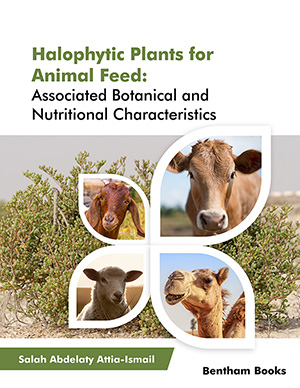Abstract
Salinity and drought are abiotic stresses that most affect the growth and
productivity of plant species all over the world. Salt-tolerant plants have a range of
adaptive characteristics not only in morphological or structural features but also in
metabolic and physiological processes that enable them to survive in extreme saline
environments. Morphological and anatomical features of halophytes are commonly
correlated with the prevailing environmental conditions under which the plants grow.
There is a pertinent correlation between the histo-anatomical features of halophytes and
the ecological environment in which they breed. Therefore, metabolic pathways and
reactions are dramatically affected by such ecological factors. Moisture contents, dry
matter contents, lignification, fiber, and starch contents, salt contents, proteins, and
amino acids contents, lipids and free fatty acids contents, reactive oxygen species, plant
secondary metabolites contents of halophytes are deeply discussed in relation to the
histo-chemical characteristics of these unique plants.
Keywords: Abiotic, Adaptive, Anatomy, Chemical, Halophytes, Histology, Metabolic, Morphology, Physiology, Structure






















